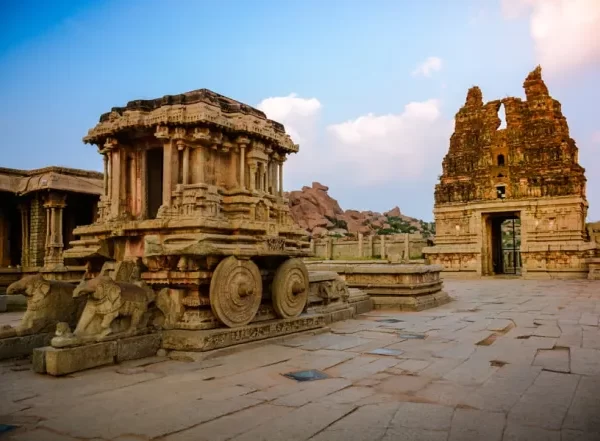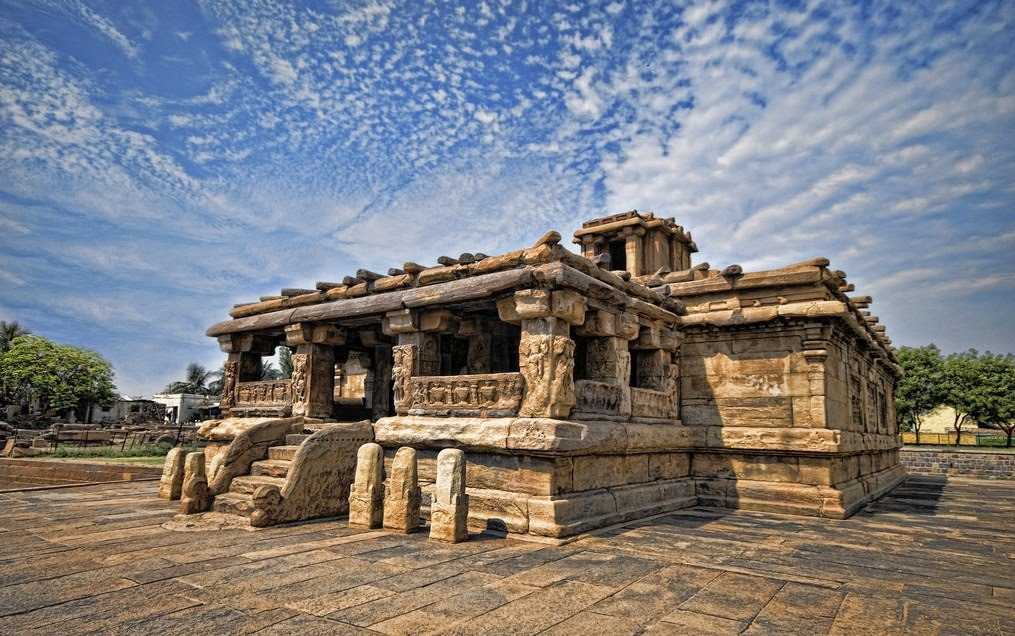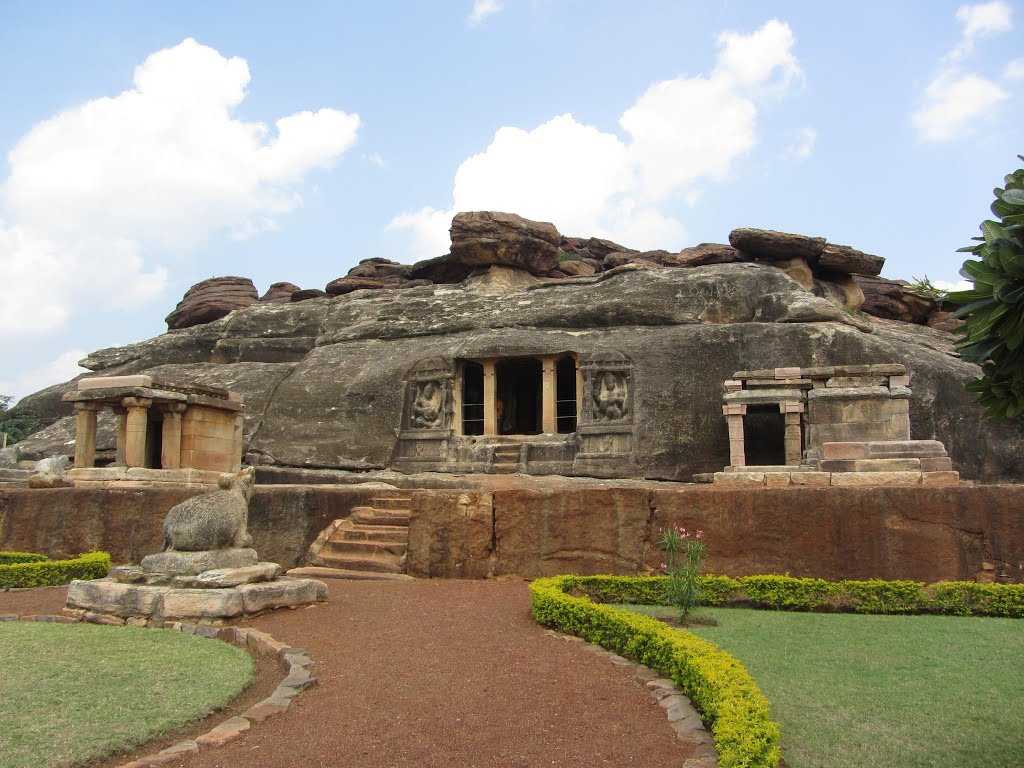Complete Guide about Shree Vijaya Vitthala Gudi
-
Location
Shree Vijaya Vitthala Gudi, 8FRG+W3H, Hampi, Karnataka 583239
-
Timings
Every Day
06:00 AM - 06:40 PM
-
Entry Fee
Free Entry


Shree Vijaya Vitthala Gudi
About
Shree Vijaya Vitthala Gudi
The Vittala Temple or Vitthala Temple in Hampi is an old landmark that is well-known for its remarkable architecture and unsurpassed craftsmanship. It is regarded as one of Hampi’s biggest and most well-known structures. The temple is situated close to the banks of the Tungabhadra River in the northeastern region of Hampi.
The famous temple is home to incredible stone constructions including the extraordinary stone chariot and the interesting musical pillars. Visitors and tourists must see this prominent monument at Hampi, which is a significant draw of the abandoned town.
Vaikom Mahadeva Temple Official website Link
www.vaikomtemple.org
The History
The famed Vittala Temple dates back to the 15th century. It was built during the reign of King Devaraya II (1422 – 1446 A.D.), one of the monarchs of the Vijayanagara Empire. The most well-known emperor of the Vijayanagara dynasty, Krishnadevaraya (1509–1529 AD), oversaw the expansion and improvement of several areas of the temple. He significantly contributed to the monument’s current appearance.
Shri Vijaya Vitthala Temple is another name for the Vittala Temple. It honours Lord Vitthala, a manifestation of Lord Vishnu. In the temple, Vitthala-idol Vishnu’s was revered. According to legend, the temple was constructed as a residence for Lord Vishnu in his Vitthala incarnation. The Lord, however, decided that the temple was too opulent for him to use and went back to his own modest house.
The Architecture
The Vittala Temple is thought to be the largest of all the Hampi temples and structures. The temple exhibits the enormous inventiveness and architectural perfection possessed by the sculptors and artisans of the Vijayanagara dynasty.
The Vittala temple is created in the Dravidian style of architecture. It possesses characteristics and details found in classic south Indian temple architecture. Nothing else in Hampi compares to its spectacular architecture and intricate and beautiful carvings.
It is thought that the temple’s main shrine once included a single encased Mantapa. In the year 1554 A.D., an open Mantapa was added.
There are three massive entrances and huge compound walls surrounding the expansive temple complex. The temple complex contains various rooms, shrines and pavilions located inside it. Each of these constructions is composed of stone and each structure is a beauty in itself.
Among these buildings are the Goddess Shrine (also known as the Devi Shrine), the Maha Mantapa or main hall, the Ranga Mantapa, the Kalyana Mantapa (marriage hall), the Utsava Mantapa (festival hall), and the renowned Stone Chariot.
The Vittala Temple is recognised as the most ornate of the Vijayanagara temples. The temple is a must-visit location for travellers due to its many features. In reality it is the most visited monument in Hampi and as such, it is also the most photographed landmark in Hampi.
Among the main attractions of the Vittala Temple are:
Among the main attractions of the Vittala Temple are:
Maha Mantapa: In the centre of the complex’s inner courtyard lies the Vittala Temple’s Maha Mantapa, or main hall. It is a structure of extraordinary beauty and is located on a highly decorated base. The base is embellished with carvings of warriors, horses, swans and various other artistic motifs.
The Maha Mantapa includes of four smaller halls. Elephant balustrade adorns the stairs on the Maha Mantapa’s eastern side. There are forty pillars lining the facade of the temple. These pillars each stand 10 feet tall.
The sixteen beautifully adorned pillars that make up the Maha Mantapa’s central section each have lovely statues of Narasimha and Yali. These collection of sixteen pillars forms a rectangular court. The Maha Mantapa’s ceiling is a beautifully constructed structure. The magnificently sculpted decorative pillars of the Maha Mantapa highlight the majesty of this majestic temple.
The Maha Mantapa includes of four smaller halls. Elephant balustrade adorns the stairs on the Maha Mantapa’s eastern side. There are forty pillars lining the facade of the temple. These pillars each stand 10 feet tall.
The sixteen beautifully adorned pillars that make up the Maha Mantapa’s central section each have lovely statues of Narasimha and Yali. These collection of sixteen pillars forms a rectangular court. The Maha Mantapa’s ceiling is a beautifully constructed structure. The magnificently sculpted decorative pillars of the Maha Mantapa highlight the majesty of this majestic temple.
Stone Chariot: The intricately carved Stone Chariot is part of the Vittala Temple Complex and is regarded as the most beautiful piece of Vijayanagara architecture. In the temple’s courtyard, the Stone Chariot, or Ratha, is there. It is one of India’s three most renowned stone chariots. The locations of the other two chariots are Konark (Odissa) and Mahabalipuram (Tamil Nadu).
The Vittala Temple’s Stone Chariot is a shrine that was created to resemble an ornate chariot. The sanctum of the shrine contains a statue of Garuda that is dedicated to him. According to Hindu mythology, Garuda is Lord Vishnu’s chariot.
The Vittala Temple’s Stone Chariot is a shrine that was created to resemble an ornate chariot. The sanctum of the shrine contains a statue of Garuda that is dedicated to him. According to Hindu mythology, Garuda is Lord Vishnu’s chariot.
The Ranga Mantapa: The Ranga Mantapa is one of the great attractions at the Vittala Temple. It has musical pillars. The enormous mantapa is noted for its 56 melodic pillars. These musical pillars are also known as SAREGAMA pillars, denoting the musical sounds emitted by them. The pillars started to emit musical notes when they were lightly tapped.
Inside the Mantapa, there are a number of lesser pillars as well as a main set of pillars. The ceiling of the Ranga Mantapa is supported by each of the main pillars. The main pillars are designed as musical instruments.
Seven auxiliary pillars surround each main pillar. These 7 pillars cause the 7 corresponding musical instruments to produce 7 distinct musical notes. Whether a string, wind, or percussion instrument is used, the notes that come from these pillars sound differently.
Seven auxiliary pillars surround each main pillar. These 7 pillars cause the 7 corresponding musical instruments to produce 7 distinct musical notes. Whether a string, wind, or percussion instrument is used, the notes that come from these pillars sound differently.
Musical Pillars speciality: The Vittala Temple complex’s collection of melodic pillars was sculpted from enormous single slabs of resonant stone.
Many people have been intrigued by the mystery of the musical notes that have been emanating from stone pillars throughout history.
Even the British rulers of India were wonderstruck and eager to discover the secret of the musical pillars. Two of the Vittala Temple’s melodic pillars were cut in order to see if something inside the stone pillars caused them to emit musical notes in order to satiate their curiosity and solve the enigma surrounding the magnificent pillars. But they discovered nothing in the pillars.
The two pillars cut by the British rulers still exist inside the temple complex and can be seen by visitors even today.
The two pillars cut by the British rulers still exist inside the temple complex and can be seen by visitors even today.
Dekho Apna Desh
The DAD of Tourism
Get Direction to Shree Vijaya Vitthala Gudi
Near Attractions




